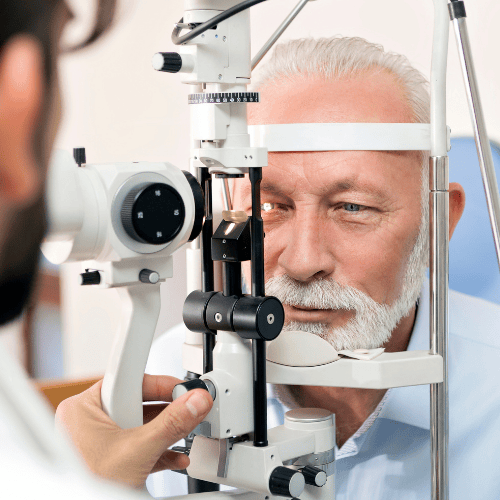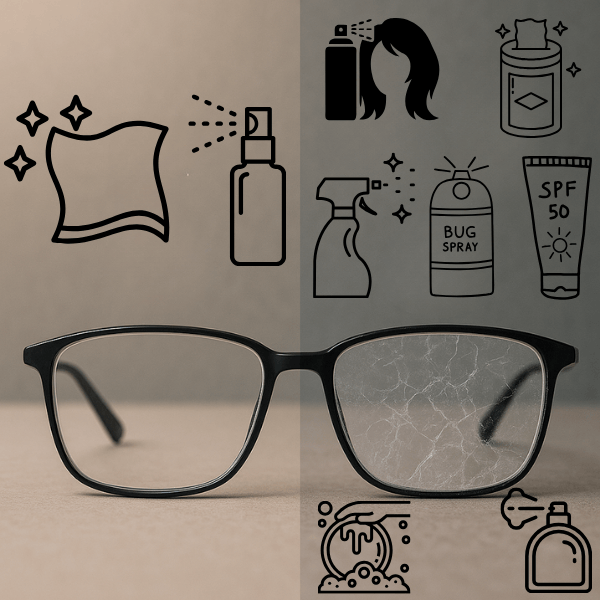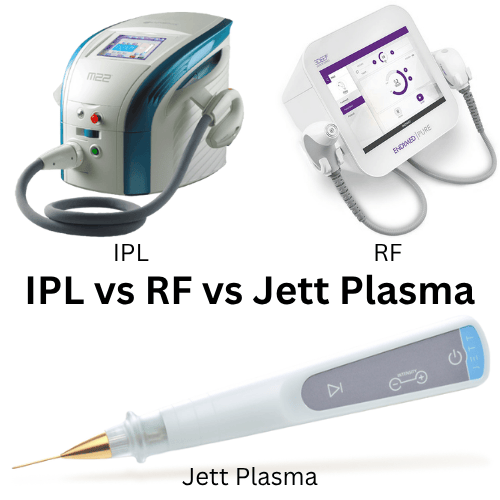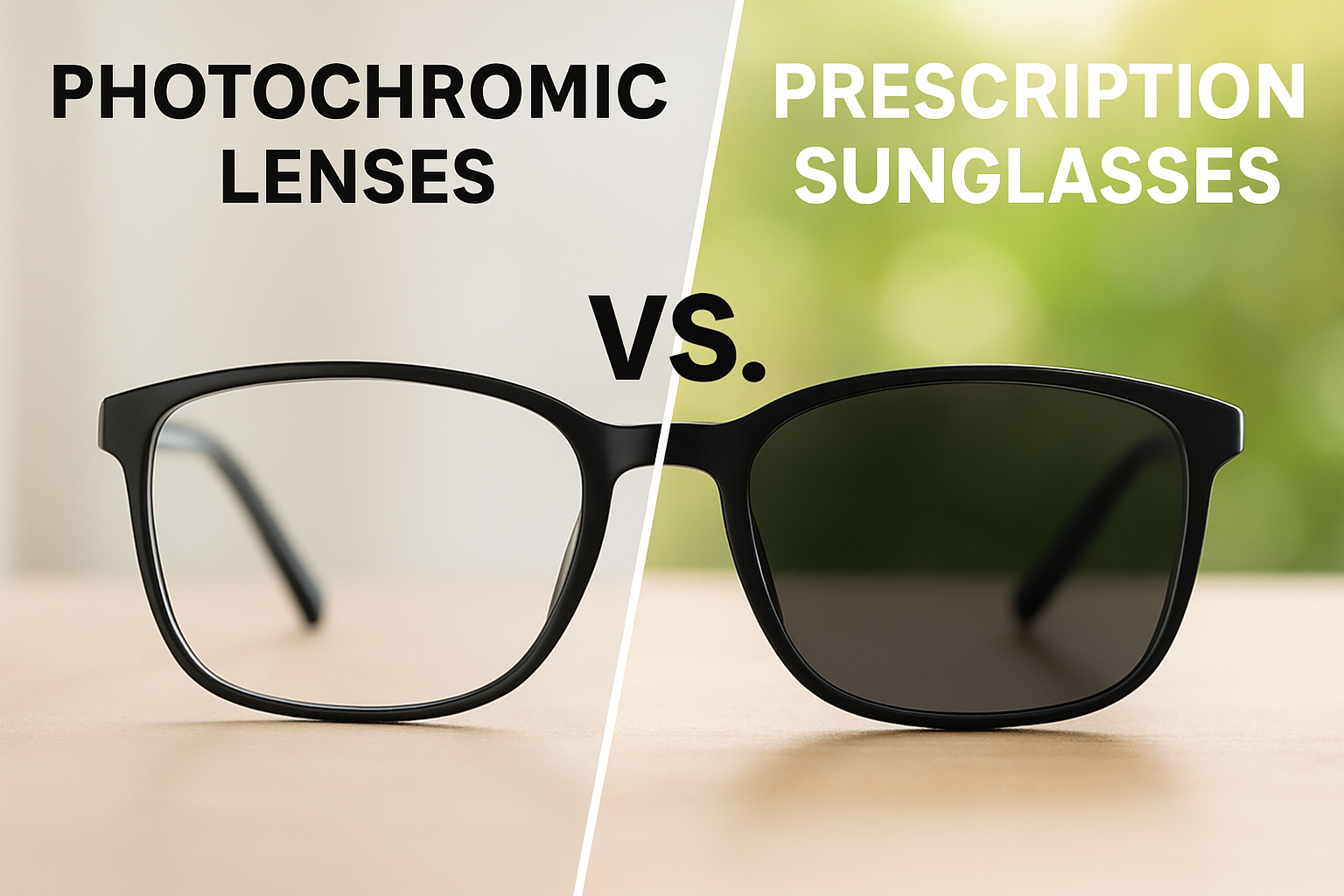Can’t Get Used to Progressive Lenses? Here’s What You Can Do
For years, many people have walked away from progressive lenses thinking they just weren’t the right fit. Blurry zones, balance issues, and a sense of visual confusion can make the first few days feel overwhelming. It’s an experience that leaves many frustrated, often abandoning the process, and concluding that this lens style will never work for them.
What most people don’t realize is that progressive lenses vary as much as shoes do. They come in different styles, fits, and performance levels. And just like shoes, the wrong pair can cause more harm than good.
Behavioural Factors You Can Control When Adapting to Progressive Lenses
1-Wearing Time and Consistency

The most important factor that you can manage is how often you wear your new lenses. Remember, it’s your brain that interprets the signal from your eyes – adaptation has to occur before a new set of glasses will be comfortable to see with. Taking them off or switching back to your old glasses delays your progress.
Commit to wearing your progressives all day for the first 1–2 weeks. The more your brain is exposed to the new signal, the faster it adapts.
2-Head and Eye Movement Habits
Unlike single-vision glasses, progressive lenses require small head movements, especially for reading or using screens. If you're only moving your eyes and not your head, you may be looking through peripheral zones that don’t have the same clarity as those in front of you.
Practice pointing your nose toward what you're focusing on. It may feel unnatural at first, but it helps access the clearest part of your lens.
3-Proper Use During Daily Activities
Progressives require some habit adjustments:
- For reading, use the lower part of the lens.
- For computer work, make sure your monitor is at eye level.
- For walking, keep your head level instead of looking down through the reading zone.
- For stairs, keep your head level and hold on to the railing
Be mindful of these zones and adjust how you use your glasses depending on the task.
4-Your Attitude and Patience

Mindset matters. Not everyone experiences instant comfort with a new set of progressives. Most people adjust within a week or so, but some take a bit longer.
Give your eyes time to learn. Stay positive, wear them consistently, and check in with your optometrist if you're still having trouble after 2–3 weeks.
Frame and Lens Choices That Make a Difference When Adapting to Progressive Lenses
Frame Fit
Progressive lenses are designed with precise zones for distance, intermediate, and near vision. These zones only work effectively if they align with your natural line of sight.
If your frames are:
- Too low on your nose, you'll miss the reading zone
- Too high or tilted, you'll struggle to find the intermediate zone
- Crooked or loose, your vision can feel off-balance or blurry
These small misalignments can lead to neck strain, headaches, and unnecessary frustration, all of which can slow your adjustment period.
Frame Materials
Beyond fit, the quality and material of your frame salso play a huge role in your comfort and visual performance.
- High-quality frames (titanium frames or acetate frames) maintain their shape better over time. That means they’re less likely to shift, stretch out, or lose their alignment, all of which affect how well you see through your lenses.
- Cheap or flimsy frames tend to slip, bend, or feel unbalanced, especially after a few weeks of use. Even if they feel fine at first, their poor durability can create long-term issues with lens positioning.
Lens Design Choice

Not all progressive lenses are created equal:
Basic vs Premium Progressive Lenses
- Basic (standard) progressives often have narrower viewing zones and more noticeable distortion in the peripheral areas. That means you need to move your head more precisely to find the clear “sweet spot”, especially for reading or computer work.
- Premium progressives, on the other hand, are crafted using advanced digital surfacing technology. These lenses are customized to your unique prescription and how your frames sit on your face. As a result, they offer significantly wider viewing zones, smoother transitions between distances, and less distortion in the peripheral areas.
At Mountain View Optometry, we offer progressive lenses from leading manufacturers like Zeiss, Nikon, and Hoya, each known for its advanced lens technology and innovation. Every brand uses its own proprietary design methods, which means the visual experience can vary slightly from one to another.
If you’ve had trouble with one type of progressive lens in the past, that doesn’t mean progressives aren’t right for you. A different lens design from another top-tier brand may suit your eyes and visual habits much better. Our team will work closely with you to find the right match, ensuring optimal comfort, clarity, and confidence in your everyday vision.
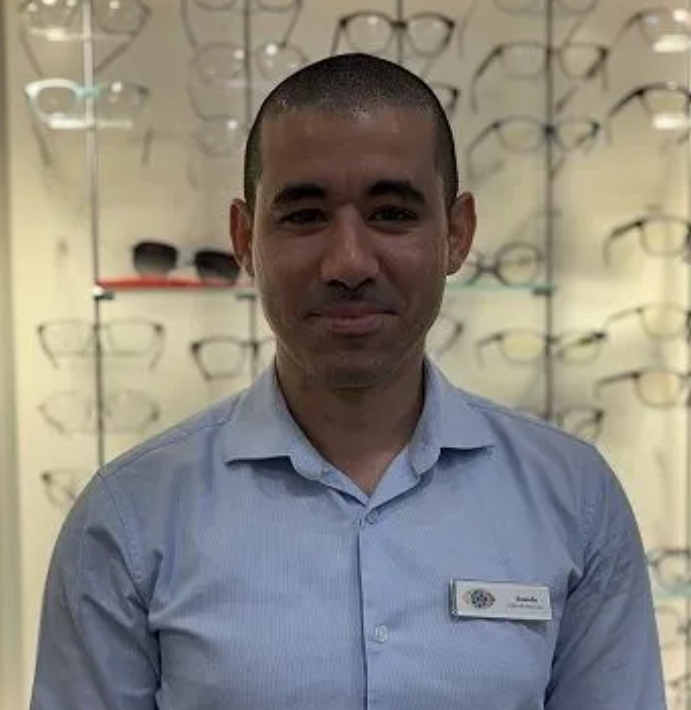
Written by Rosendo
About the Author:
Rosendo was born and raised in Havana, Cuba, where he began his professional journey studying Optometry and Optics. His career then took him to Dubai, where he worked in the optical field for two years as a Sales Associate. Now, he’s settled in Calgary and takes great pride in being a valued member of our Mountain View Optometry team as an Optical Associate.

